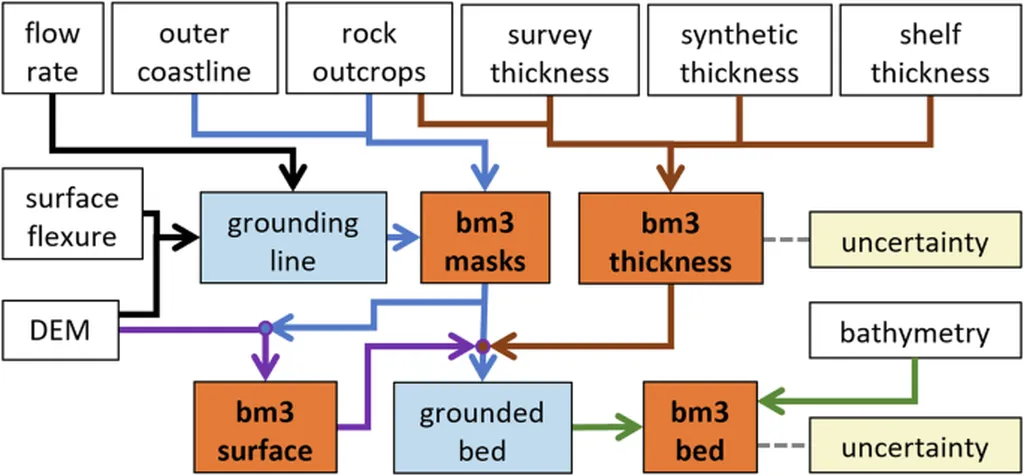In the face of increasingly frequent extreme weather events, power systems are grappling with a growing challenge: transmission line icing. This winter phenomenon, which can cause significant economic losses, has prompted researchers to seek more accurate methods for predicting ice thickness on power lines. A recent study published in the journal *Energies*, titled “Research on Transmission Line Icing Prediction for Power System Based on Improved Snake Optimization Algorithm-Optimized Deep Hybrid Kernel Extreme Learning Machine,” offers a promising solution. The lead author, Guanhua Li of the Electric Power Research Institute at Liaoning Electric Power Co., Ltd., State Grid in Shenyang, China, and his team have developed a hybrid model that significantly enhances the precision of ice thickness predictions.
The researchers recognized that the complexity of the conductor icing process necessitated a sophisticated approach. “Establishing high-precision ice thickness prediction models is vital for ensuring the safe and stable operation of power grids,” Li explained. To address this need, the team combined an improved snake optimization (ISO) algorithm with a deep extreme learning machine (DELM) and a hybrid kernel extreme learning machine (HKELM). This fusion resulted in a deep hybrid kernel extreme learning machine (DHKELM) model specifically designed for ice thickness prediction.
The model’s development involved several key steps. First, the researchers analyzed the factors influencing icing and selected temperature, humidity, wind velocity, wind direction, and precipitation as the critical weather parameters for their prediction model. Next, they introduced the HKELM into the regression layer of the DELM to create the DHKELM model. To enhance the model’s performance, the snake optimization algorithm was augmented with Latin hypercube sampling, t-distribution mutation strategy, and Cauchy mutation, improving its convergence.
The ISO-DHKELM model was then tested using icing data from transmission lines in Sichuan Province. The results were impressive, demonstrating not only excellent performance but also a significant improvement in the accuracy of ice thickness predictions. This enhanced accuracy is crucial for the energy sector, as it enables power companies to better prepare for and mitigate the impacts of transmission line icing.
The implications of this research are far-reaching. As extreme weather events become more common, the ability to predict and manage transmission line icing will be increasingly important for maintaining the reliability and efficiency of power systems. The ISO-DHKELM model developed by Li and his team represents a significant advancement in this field, offering a powerful tool for ensuring the safe and stable operation of power grids.
As the energy sector continues to evolve, the integration of advanced predictive models like the ISO-DHKELM could become a standard practice. This research not only highlights the potential of combining machine learning algorithms with optimization techniques but also underscores the importance of data-driven decision-making in the energy industry. By leveraging these innovative approaches, power companies can enhance their resilience to extreme weather events and minimize economic losses, ultimately benefiting both the industry and consumers.

